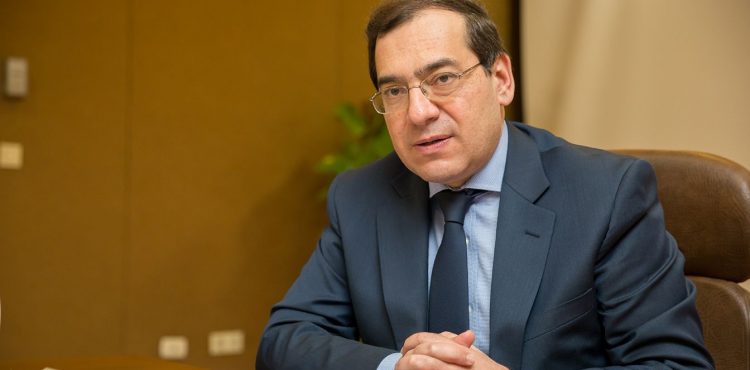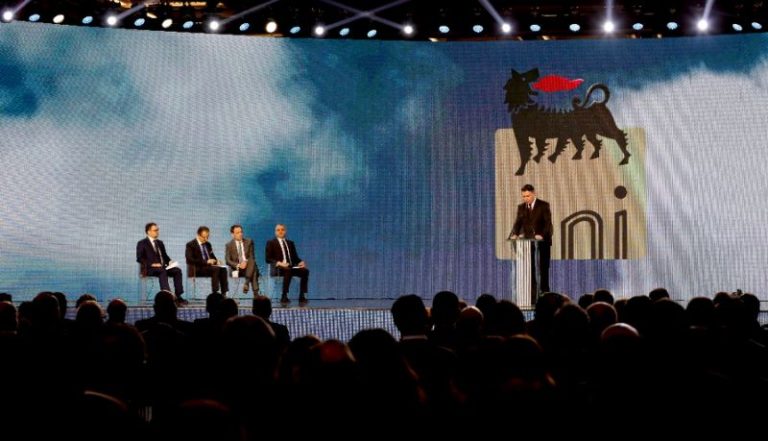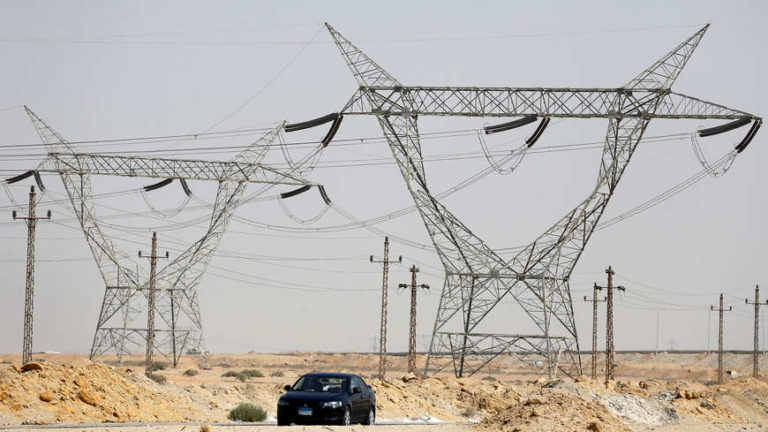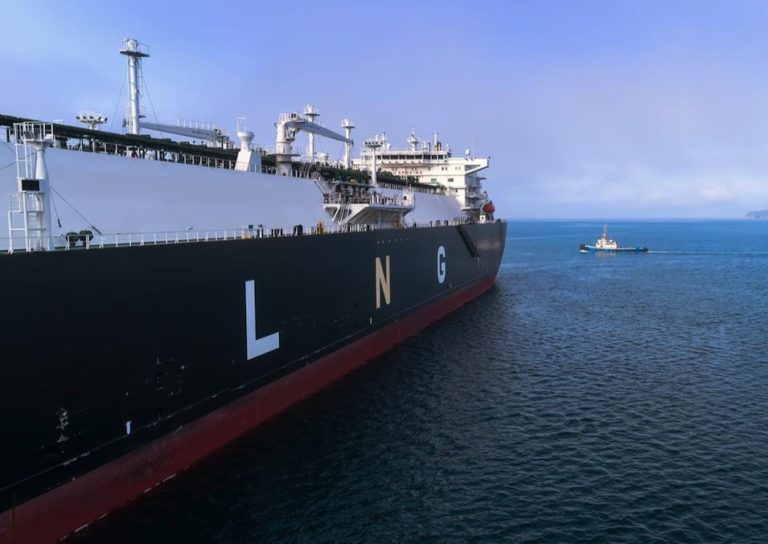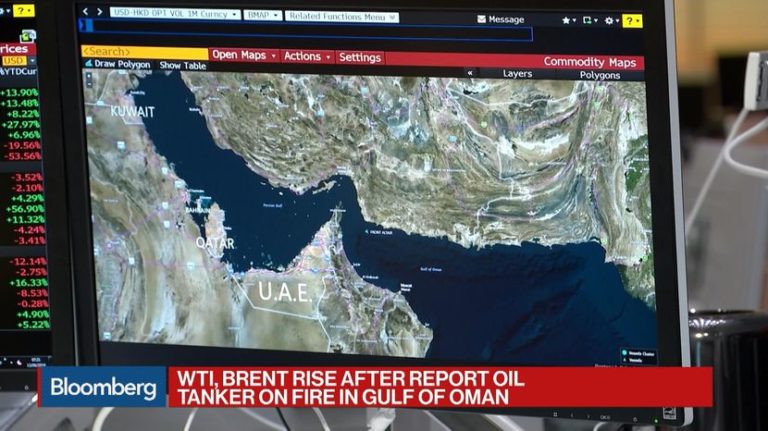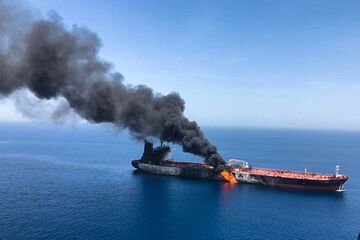Hydrocarbures: Russes et Européens intéressés par le Liban, selon une ministre
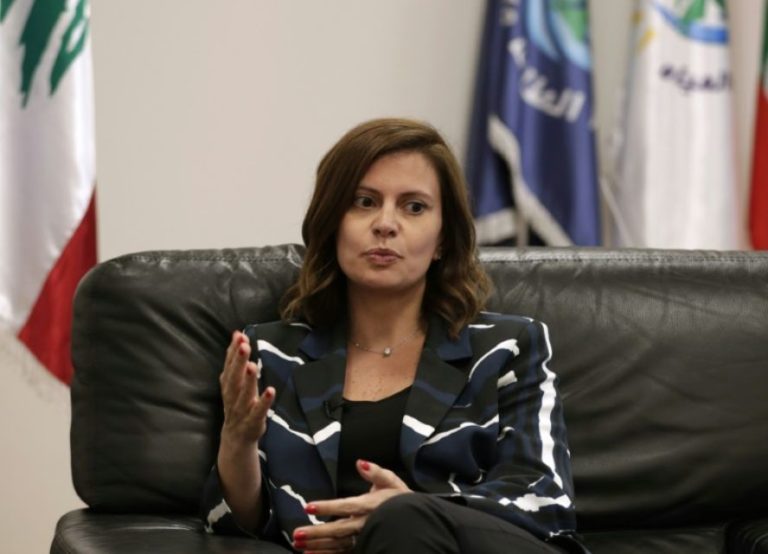
Des entreprises russes et européennes manifestent de l’intérêt pour investir dans le secteur naissant du pétrole et du gaz au Liban, a affirmé la ministre de l’Energie Nada Boustani, dont le pays se lance tout juste dans l’exploration d’hydrocarbures en Méditerranée.
Confrontées à des difficultés économiques, les autorités libanaises misent beaucoup sur ce dossier.
Mme Boustani, 36 ans, dit espérer que «les Libanais vont profiter prochainement de ce secteur, qui ouvre la voie à de nombreux investissements et opportunités d’emploi».
Le Liban a signé en 2018 son premier contrat d’exploration pour deux blocs avec un consortium alliant le français Total, l’italien ENI et le russe Novatek. Les travaux dans le bloc 4 doivent débuter en décembre.
«Nous avons de grands espoirs dans ce domaine», affirme Mme Boustani, dans un entretien mercredi avec l’AFP.
En avril, Beyrouth a lancé un deuxième appel d’offres pour l’exploration de cinq nouveaux blocs, avec comme date butoir janvier 2020.
«Plusieurs grandes compagnies ont visité le Liban», explique Mme Boustani, citant Gazprom (Russie) et Lukoil (Russie). Les compagnies russes sont «très intéressées», selon la ministre, plus jeune membre du gouvernement.
– Différend avec Israël –
Elle a par ailleurs indiqué jeudi sur Twitter qu’elle avait rencontré le chef régional de BP (Grande-Bretagne) qui a dit que sa société était aussi «intéressée» par l’appel d’offres.
Le Liban a en outre reçu des assurances des Etats-Unis selon lesquelles «il n’y a aucun inconvénient à la participation d’entreprises américaines», indique Mme Boustani. «C’est une avancée positive», ajoute-t-elle.
Les rapports avec les Etats-Unis sont en effet parfois tendus, notamment en raison du mouvement chiite du Hezbollah, un poids lourd de la vie politique libanaise, classé «organisation terroriste» par Washington.
En attendant, le Liban doit notamment résoudre des différends sur la démarcation des frontières maritimes avec ses voisins.
Une partie du bloc 9, où des travaux de forage doivent débuter en mai 2020, se trouve dans une zone maritime disputée avec Israël, pays avec lequel le Liban est techniquement en état de guerre. Total a cependant indiqué que la dispute frontalière concernait «moins de 8% de la surface du bloc».
Dans ce dossier, c’est Washington qui fait la navette entre les deux pays pour ouvrir la voie à des négociations et permettre une démarcation de leurs frontières. Pour le moment, aucune avancée n’a été rendue publique.
«Si on se met d’accord sur le début de négociations avec Israël, outre les pourparlers concernant la frontière maritime, il y aura la recherche d’un mécanisme pour partager les champs maritimes communs, sous supervision internationale», avance Mme Boustani.
Le Liban a aussi un problème à résoudre avec la Syrie. Les blocs 1 et 2, concernés par le dernier appel d’offres, se trouvent près d’une frontière maritime dont Damas a toujours refusé de discuter du tracé.
«Il y a certainement moyen (de négocier) avec la Syrie. Il est nécessaire de se pencher sur la question très prochainement», souligne Mme Boustani.
«Le fait que le gouvernement a accepté de mettre les deux blocs (à la frontière) dans l’appel d’offres, signifie qu’il savait qu’un accord serait trouvé» avec Damas, a précisé la ministre.
Mais les divisions au sein de la classe politique libanaise pourraient compliquer les choses.
– Alliances régionales –
Le Premier ministre Saad Hariri refuse catégoriquement toute ouverture vers Damas, tandis que le Hezbollah, allié du président Bachar al-Assad, ou encore le Courant patriotique Libre, le parti du président Michel Aoun, y sont favorables.
«Les Russes pourraient négocier entre les Libanais et les Syriens», estime Laury Haytayan, experte sur la gestion des hydrocarbures au Moyen-Orient, qui précise que Moscou s’intéresse au bloc 2.
Les récentes découvertes de gaz naturel en Méditerranée orientale ont conduit plusieurs pays de la région à multiplier les partenariats stratégiques.
En début d’année, sept pays, dont l’Egypte, Israël et Chypre ont annoncé leur intention de lancer un forum de coopération régionale sur le gaz. Le Liban n’en fait pas partie, en raison de la présence de l’Etat hébreu.
«On a ouvert la voie aux négociations avec Chypre, et on fait la même chose avec l’Egypte», indique toutefois Mme Boustani.
«Il est nécessaire de poursuivre les accords avec ces deux parties, a-t-elle ajouté.
Le Liban et Chypre ont déjà annoncé en avril oeuvrer en vue «d’un accord bilatéral» concernant l’exploitation des ressources énergétiques.
Un accord avec l’Egypte et Chypre permettrait au Liban de sécuriser sa place à l’échelle régionale dans ce domaine, selon Mme Haytayan.

